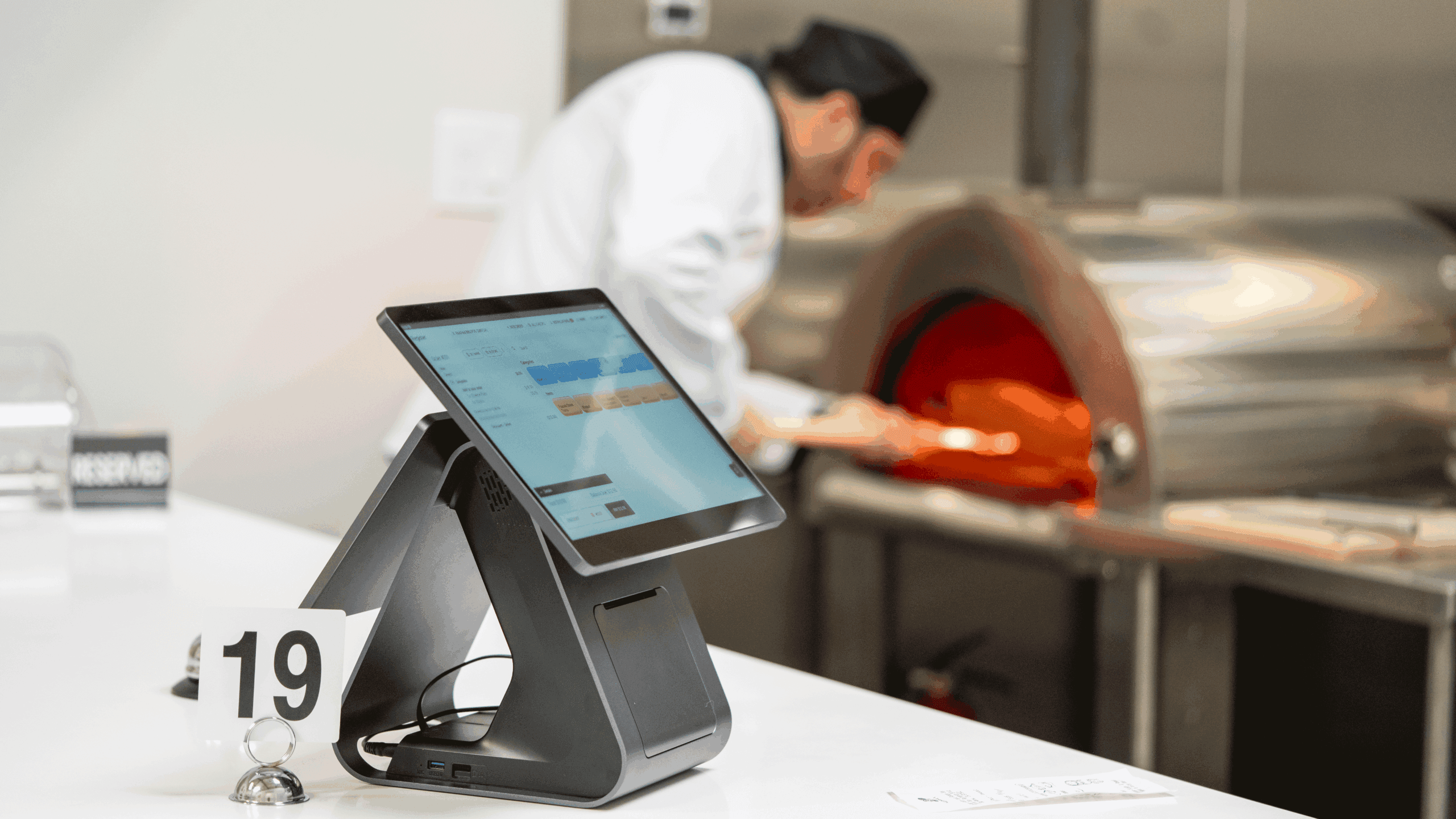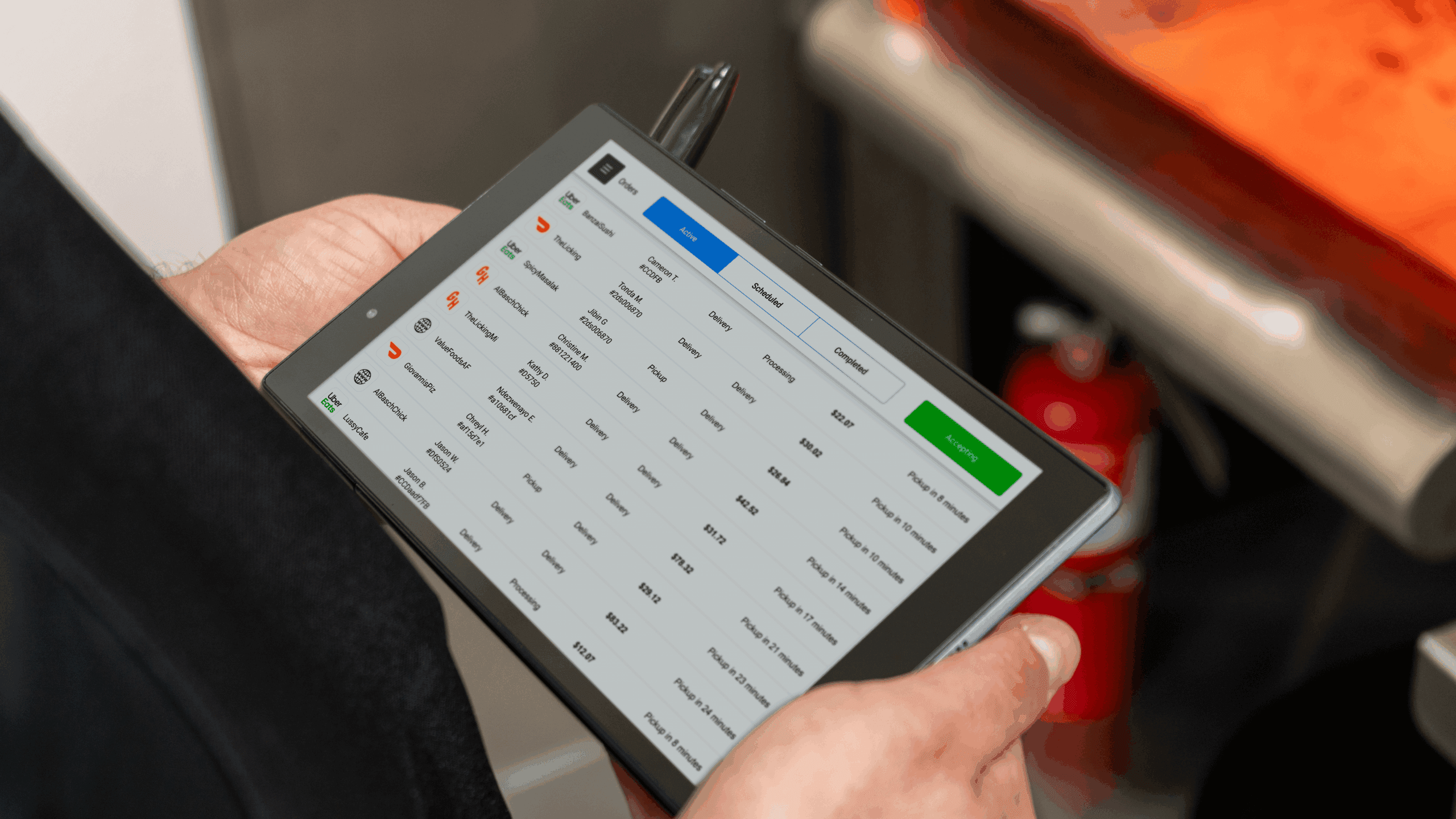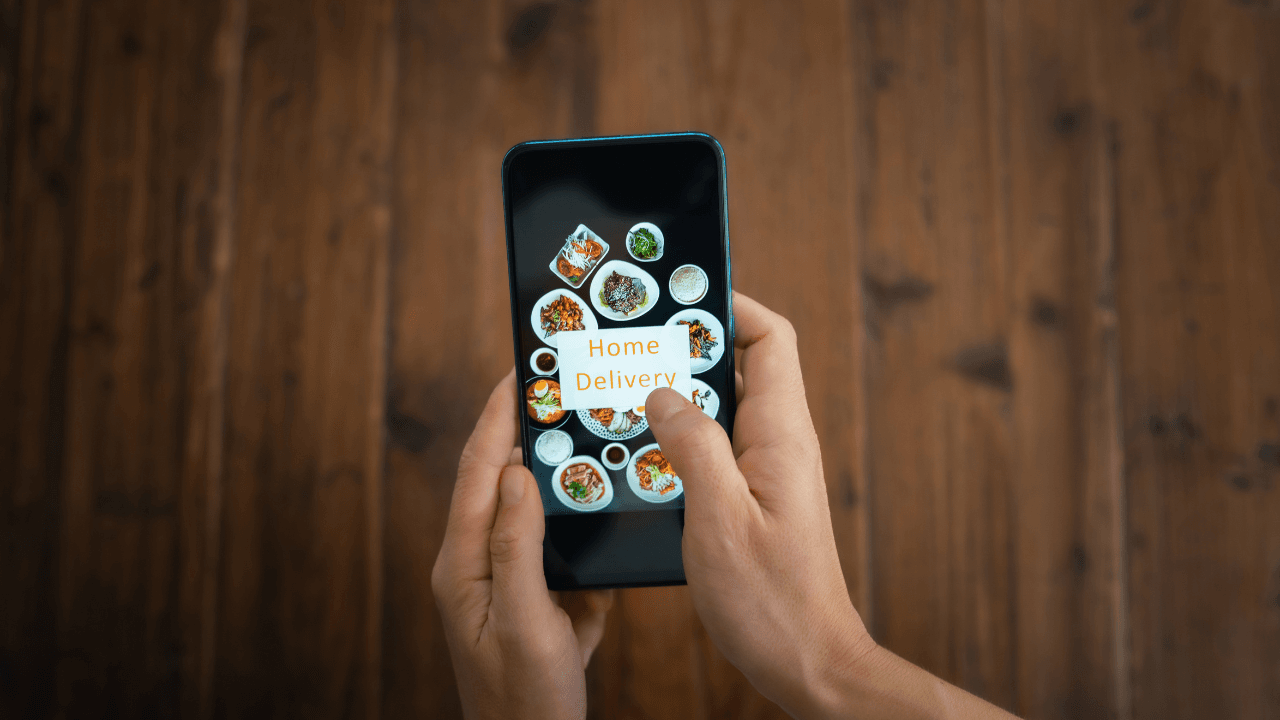- What is a Table Turnover Rate?
- The Importance of Table Turnover Rate in Restaurants
- How to Calculate Table Turnover Rate?
- Strategies for Improving Table Turnover Rate
Restaurants are a fundamental pillar of the food industry and have been a hub for social gatherings, business meetings, and family celebrations for centuries. One of the most significant factors that contribute to the success of a restaurant is its ability to maximize its table turnover rate.
Table turnover rate measures how efficiently a restaurant can serve its customers and clear tables for new ones. A high table turnover rate means more revenue for the restaurant, but achieving it is not always easy.
Several factors can impact a restaurant’s table turnover rate, and restaurant owners and managers must develop effective strategies to improve their table turnover rate without compromising customer satisfaction and overall dining experience.
In this article, Orders.co will explore some practical strategies that restaurants can implement to boost their table turnover rates, streamline their operations, and ultimately enhance their profitability.
What is a Table Turnover Rate?
Table Turnover Rate is a critical metric used in the restaurant industry to measure the efficiency of a restaurant’s operations.
Simply put, it refers to the number of times a restaurant is able to serve a new set of customers at a specific table within a given time frame, typically an hour.
A high table turnover rate indicates that a restaurant is able to quickly and efficiently serve its customers, resulting in increased revenue and profits.
On the other hand, a low table turnover rate may indicate issues such as slow service, poor menu selection, or inadequate staffing, which can result in dissatisfied customers and reduced revenue.
By closely monitoring and improving table turnover rates, restaurant owners and managers can optimize their operations and ensure that their business is successful and profitable.
The Importance of Table Turnover Rate in Restaurants
The table turnover rate is a critical factor for restaurants to consider, as it directly impacts the overall profitability and success of the business. Here are some key points to highlight the importance of table turnover rate in restaurants:
Time is Money
The longer a table sits empty, the less revenue the restaurant can generate during that time. Maximizing the table turnover rate can help increase the number of customers served per day, leading to more revenue and higher profits.
Better Customer Experience
Faster table turnover also means less waiting time for customers, which can improve their overall experience at the restaurant. This can result in increased customer satisfaction and loyalty, as well as positive reviews and word-of-mouth referrals.
Operational Efficiency
Managing the table turnover rate requires a well-organized and efficient operation, which can lead to improved service quality and faster turnaround times. This, in turn, can help the restaurant manage its labor costs and reduce waste.
Capacity Management
Understanding and managing table turnover rates can also help restaurants better plan and manage their capacity, especially during peak hours or busy seasons. This can prevent overbooking or underutilization of resources, which can ultimately impact the bottom line.
How to Calculate Table Turnover Rate?
The table turnover rate is an important measure of a restaurant’s efficiency and effectiveness in serving customers. Calculating the table turnover rate can give you an idea of how quickly tables are being turned over, allowing you to make changes or adjustments to optimize customer service and increase profitability.
To calculate your restaurant seat turnover rate, first determine how many total tables you have in your restaurant. This can include both indoor and outdoor seating, as well as bar seating.
Take that number and divide it by the total number of covers (the total number of people served) over the course of a given period of time (typically one day).
For example, if you have 50 tables and serve 500 covers in one day, your table turnover rate would be 10 (500 divided by 50 equals 10). This means that each table was turned over an average of 10 times per day.
By taking the time to calculate your average table turnover rate, you can gain valuable insight into the effectiveness and efficiency of your restaurant operations.
Armed with this information, you’ll be able to make adjustments that can help improve the customer experience and boost profitability!
Strategies for Improving Table Turnover Rate
Table turnover rate is a critical metric in the hospitality industry, especially in restaurants, cafes, and bars.
The higher the table turnover rate, the more revenue the establishment generates. Therefore, it’s essential to implement effective strategies to improve the table turnover rate without compromising customer satisfaction. Here are some strategies that can help increase table turnover rates:
Streamline the Ordering Process
One of the primary reasons for slow table turnover is the slow ordering process. By streamlining the ordering process, restaurants can reduce the time it takes for customers to place their orders and receive their food. This can be achieved by providing digital ordering systems, self-order kiosks, and mobile ordering options.
Your Inbox, Your Rules!
Tailor your newsletter with the topics you're most interested in.
Optimize Menu Offerings
Another way to improve the table turnover rate is to optimize the menu offerings. This involves identifying the most popular menu items and ensuring that they are always available. Additionally, offering a smaller menu with fewer choices can reduce the time it takes for customers to make their selections.
Train Staff on Efficient Service
Staff training is critical to improving the table turnover rate. By training staff on efficient service, restaurants can ensure that orders are taken quickly, food is served promptly, and tables are cleared and cleaned efficiently. Consider investing in ongoing training to ensure that staff is up to date on the latest industry best practices.
Implement Reservation Systems
Implementing reservation systems can help restaurants better manage their tables and reduce wait times for customers. This can be achieved by using online reservation systems or by implementing a call-ahead system that allows customers to reserve a table in advance.
Offer Take-Out and Delivery Options
Offering take-out and delivery options can help restaurants serve more customers without requiring additional table space. This can be a great way to increase revenue and reduce the pressure on in-house dining areas.
Use Table Management Software
Table management software can help restaurants better manage their tables and reduce wait times. This software can be used to track table occupancy, manage reservations, and even automate some of the ordering and payment processes.
Consider Implementing Pre-Set Menus
Pre-set menus are pre-planned menus that customers can choose from. These menus often include appetizers, entrees, and desserts and are designed to be served quickly. By implementing pre-set menus, restaurants can reduce the time it takes for customers to make their selections and receive their food.
Monitor and Optimize the Kitchen
The kitchen is the heart of any restaurant, and its efficiency can significantly impact the table turnover rate. Therefore, it’s crucial to monitor and optimize the kitchen workflow to ensure timely preparation and delivery of food.
This can be achieved by investing in modern kitchen equipment, managing inventory efficiently, and providing proper training to chefs.
Integrate POS Systems
In order to streamline the ordering process, consider integrating POS systems into your restaurant. POS systems allow customers to order and pay directly from their tablets or phones, which can greatly reduce wait times.
Additionally, POS systems provide helpful insights into customer orders and preferences, allowing restaurants to better understand their customer base.
Utilize QR Menus
For restaurants looking to speed up the ordering process, QR menus are a great option. QR menu technology allows customers to scan QR codes on their phones and instantly access restaurant menus, helping streamline the ordering process and reduce wait times.
With QR menus, customers can place their orders directly from their phones before they even arrive at the restaurant. This helps speed up the ordering process and improves the table turnover rate.
Improve Your Table Turnover Rate and Maximize Profits
Improving the table turnover rate is crucial for the success of any restaurant business. By implementing the strategies discussed in this article, restaurant owners and managers can enhance their guests’ dining experience and increase the number of diners they can serve.
It is important to remember that improving table turnover sweet spot should not come at the expense of customer satisfaction and finding the right balance is key to achieving a profitable and sustainable business.
With careful planning, consistent execution, and a commitment to excellence, any restaurant can improve its table turnover rate and thrive in a competitive industry.



